Comparing Ansible, Terraform, and Pulumi: Choosing the Right IaC Tool for Your Project

In this article, we will be comparing Ansible, Terraform, and Pulumi–three popular IaC tools, to help you choose the best option for your projects. Table of Contents Introduction In the rapidly evolving landscape of DevOps and infrastructure management, selecting the right Infrastructure as Code (IaC) tool is crucial for ensuring scalability, maintainability, and efficiency in your […]
Virtual Hosting Management with Podman and HAProxy: Optimize and Secure Multiple Websites

In this comprehensive guide, we’ll explore how to master virtual hosting management using Podman and HAProxy, enabling you to streamline your web infrastructure, achieve optimal performance, and secure your websites with HTTPS. Table of Contents Introduction In today’s digital world, handling many websites efficiently isn’t just about making things easier; it’s super important for both […]
Install Webmin on RHEL9 or CentOS9
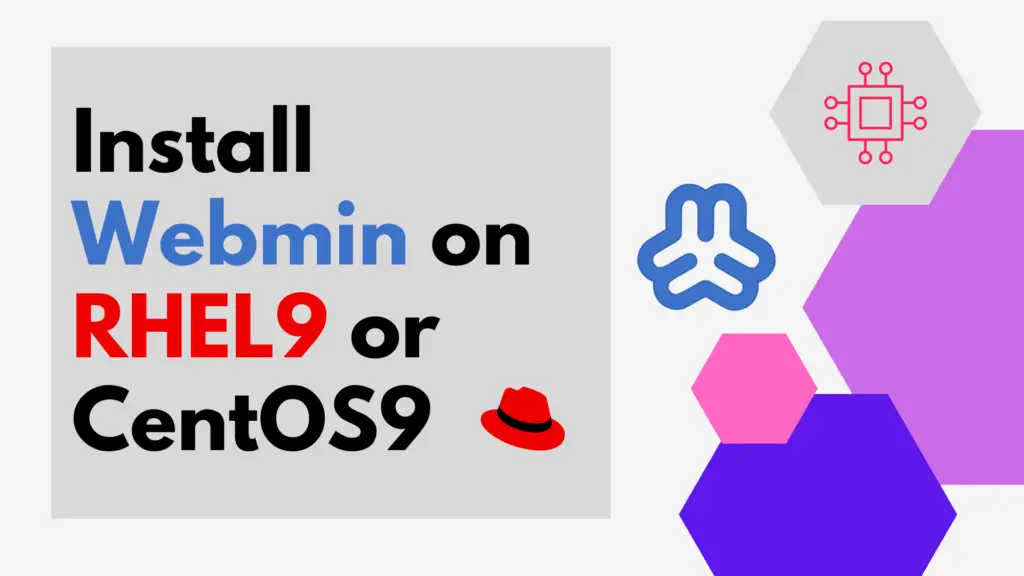
In this guide, we’ll walk you through how to install Webmin on RHEL 9 or CentOS 9, ensuring smooth server management with ease. Table of Contents Introduction Managing a server efficiently often requires robust administrative tools that streamline tasks and provide a user-friendly interface. Webmin is one such tool, offering a comprehensive web-based administration platform […]
How to Use SSH Tunneling on Linux
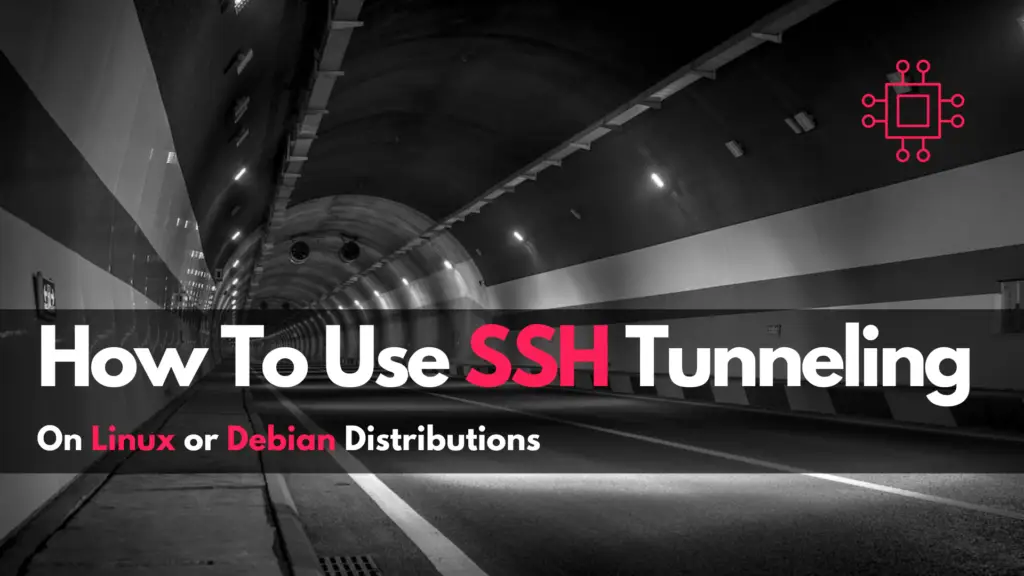
In this article, we will explore how to use SSH tunneling on Linux, as well as, go over some SSH tunneling examples to demonstrate its effectiveness in various use cases. Table of Contents Introduction When it comes to secure networking, SSH (Secure Shell) has long been hailed as a versatile tool. One of its lesser-known […]
Installing and Using Tmux on Linux or Debian Distributions
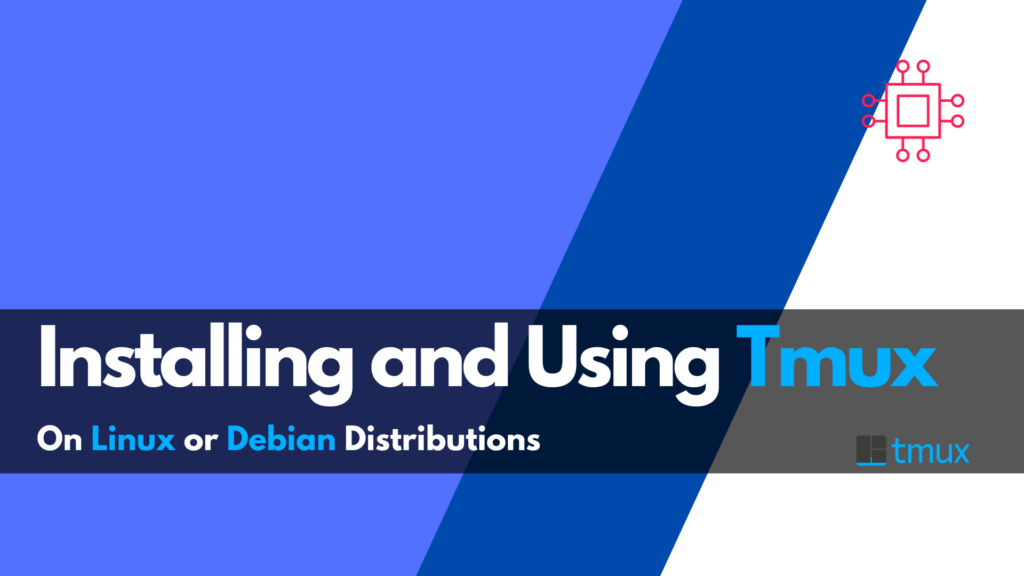
In this article, we will explore the procedure involved with installing and using Tmux on any Linux or Debian-based distribution, empowering you to harness the full potential of this versatile terminal multiplexer. Table of Contents Introduction In the realm of terminal multiplexers, Tmux stands tall as a powerful tool for managing multiple terminal sessions within […]
Streamline IP Address Management with NMCLI Scripts
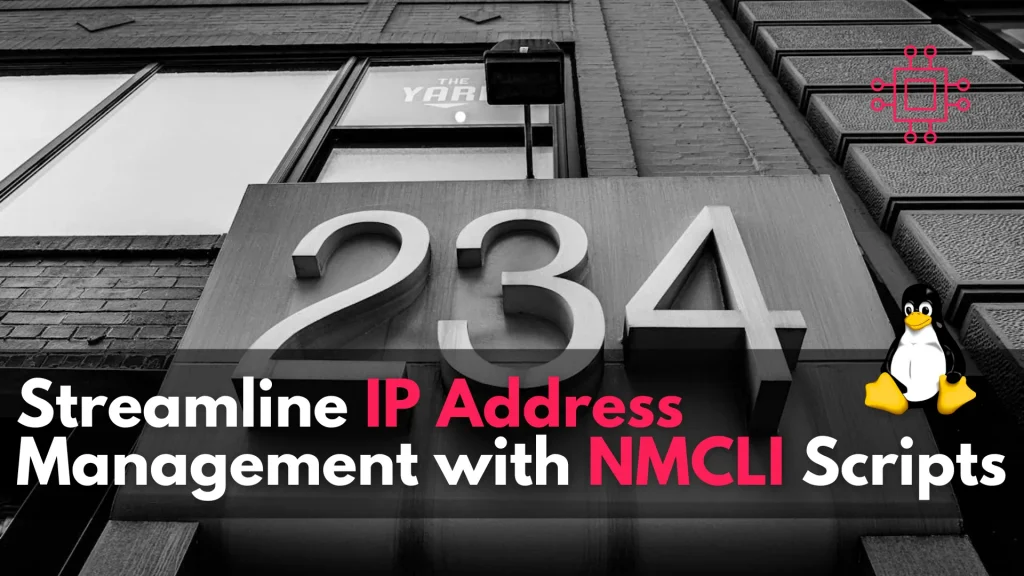
In this post, we’ll explore how NMCLI scripts can streamline IP address management tasks, making network administration smoother and more streamlined. Table of Contents Introduction Managing IP addresses in a network environment can be a tedious and time-consuming task. From assigning static IPs to configuring DHCP settings, network administrators often find themselves grappling with numerous […]
Install a Kubernetes Cluster on RHEL 9 | CentOS 9

Learn how to install a Kubernetes cluster on RHEL 9 | CentOS 9. Explore step-by-step instructions, best practices, and considerations for smooth deployment and operation. Dive into the world of container orchestration with confidence! Table of Contents Introduction Hey there, fellow tech enthusiasts! Are you ready to dive into the world of Kubernetes on Red Hat […]
Automate Updates for your Podman Containers
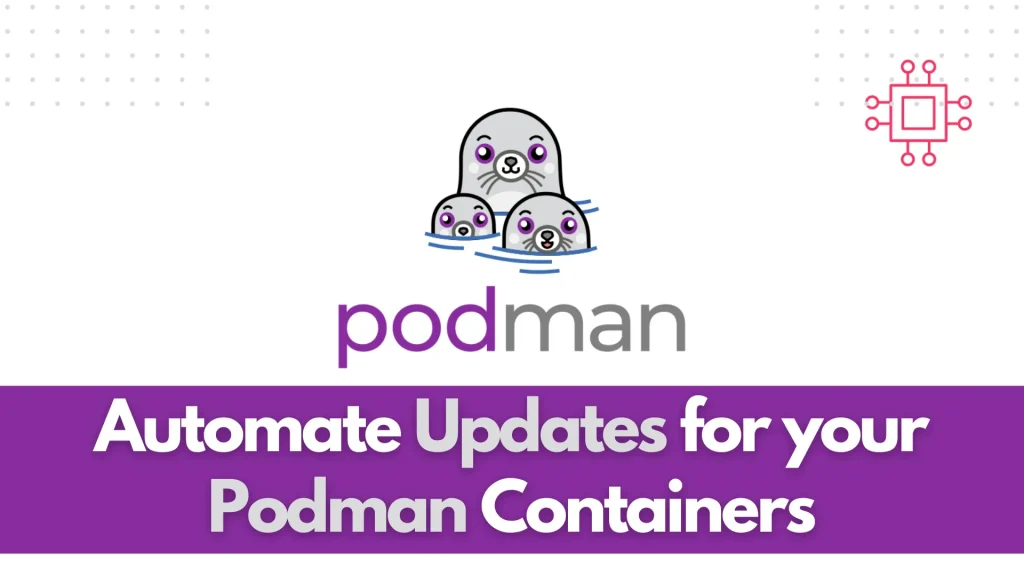
Learn how to effortlessly automate Podman container updates with our complete guide. Say goodbye to manual maintenance tasks and ensure your containers stay up-to-date for optimal performance and security. Dive in now! Table of Contents Introduction Hey there, fellow container enthusiasts! 🐳 Are you tired of manually updating your Podman containers every time there’s a […]
Install GitLab CE on RHEL 9 | CentOS 9

Learn how to effortlessly install GitLab CE on your RHEL 9 or CentOS 9 system with our comprehensive guide. Follow our step-by-step instructions for a smooth setup and unlock the full potential of GitLab’s powerful features for your development projects. Table of Contents Introduction Are you eager to set up GitLab CE on your RHEL […]
Install ELK Stack on RHEL9 or CentOS9

This guide aims to equip you with the knowledge needed to install ELK stack on RHEL9 | CentOS9 effortlessly. By following these steps, you can harness the power of Elasticsearch, Logstash, and Kibana to streamline your data management and analysis processes. 💡NOTE: This article covers the most recent releases of Elasticsearch, Logstash, and Kibana, which, […]
